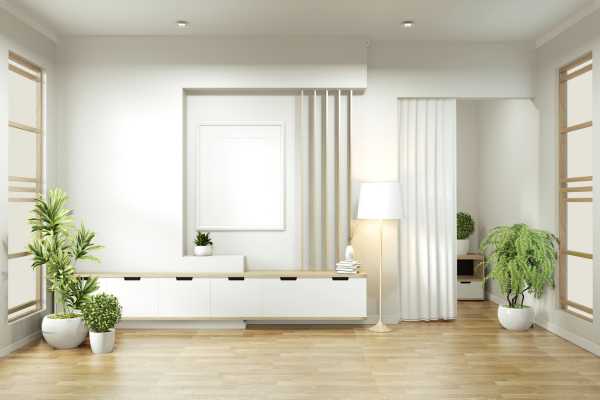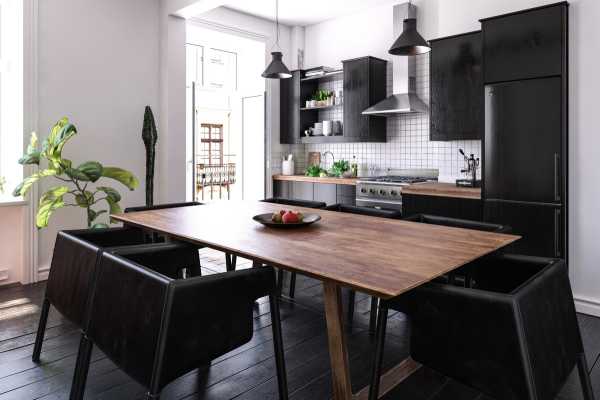In a world often characterized by congestion and rapidity, the emergence of the tiny house movement represents a refreshing retreat towards simplicity and minimalism.
These diminutive dwellings have captured the imagination of many individuals seeking an alternative lifestyle that prioritizes essentials and minimizes the unnecessary complexities of contemporary living.
In this piece, we explore the captivating realm of tiny house living, delving into its advantages, challenges, and the underlying philosophy driving its appeal.
Defining “Tiny Houses”:
Tiny houses, also known as micro-homes, are compact residences typically ranging from 100 to 400 square feet in total living area.
These intelligently designed abodes maximize available space efficiently. While they come in various shapes and styles, they share a common ethos: advocating for a life with fewer possessions.
Within tiny houses, one often finds inventive storage solutions, versatile furniture, and environmentally conscious building materials, all contributing to their overall eco-friendliness.
Finding Joy in Simplicity:
Central to the tiny house movement is the principle of doing more with less. Residents of tiny homes are compelled to conduct a thorough reassessment of their belongings, discerning what holds genuine importance.
In environments where space is at a premium, there is no room for excessive materialism. Individuals become more discerning about their acquisitions, prioritizing quality over quantity.
This newfound mindfulness extends beyond material possessions, influencing everyday life choices and encouraging a focus on experiences, relationships, and personal growth over the accumulation of material wealth.
Easing Financial Burdens:
The choice to inhabit a smaller dwelling can lead to financial independence. Tiny homes entail lower construction and maintenance costs, resulting in reduced monthly mortgage or rental payments, as well as decreased utility bills and upkeep expenses.
This financial liberation empowers tiny homeowners to pursue passions, travel, or engage in meaningful experiences aligned with their values—options previously out of reach. Moreover, it enables them to save for the future or retire early without the burden of substantial debt.
Environmental Impact:
At its core, the tiny house movement champions sustainable living practices. These diminutive domiciles boast a smaller environmental footprint compared to conventional homes, thanks to their efficient use of resources and minimal waste production.
Innovations such as composting toilets, solar panels, and rainwater harvesting further reduce their ecological impact.
By opting for smaller living spaces, individuals can contribute to combating climate change and conserving natural resources.
Considerations and Challenges:
Despite its allure, living in a tiny house presents its own set of challenges. Limited space necessitates meticulous organization and discipline to maintain tidiness and functionality.
This lifestyle may not suit those with large families or individuals who require ample personal space. Moreover, zoning regulations and building codes in some areas pose obstacles for prospective tiny homeowners.

In Conclusion:
The tiny house movement offers a compelling alternative to conventional living, inspiring individuals to embrace simplicity and minimalism.
By shedding materialistic pursuits, individuals can focus on what truly brings them happiness and fulfillment. Tiny homes foster a sense of community and harmony with nature, enriching lives with meaning and contentment.
Whether driven by the desire for financial freedom, environmental responsibility, or a more purposeful existence, the choice to inhabit a tiny house holds transformative potential for those willing to embark on the journey.
Keep reading our articles:
Exploring the World with Compact Dwellings
Does Living in a Tiny House Reduce Stress and Anxiety
Frequently Asked Questions:
1. What defines a tiny house?
A tiny house is a compact dwelling typically ranging from 100 to 400 square feet. It is designed to optimize space efficiency and promote a minimalist lifestyle, often incorporating innovative storage solutions and multifunctional furniture.
2. What are the advantages of living in a tiny house?
Living in a tiny house offers numerous benefits, including financial freedom through reduced costs, a smaller environmental footprint, and the opportunity to prioritize experiences and relationships over material possessions.
3. Are tiny houses suitable for families?
While tiny houses can accommodate families, it may pose challenges due to limited space. Families considering this lifestyle should carefully assess their needs and be open to embracing a simpler way of living.
4. Are tiny houses environmentally friendly?
Yes, tiny houses are environmentally friendly. Their smaller size and use of sustainable materials result in fewer resource consumption and less waste production compared to traditional homes.
5. Can I build a tiny house anywhere?
Building codes and zoning regulations vary by location, so it’s essential to research local laws before embarking on a tiny home project. Some areas may have specific restrictions or requirements for small dwellings.


